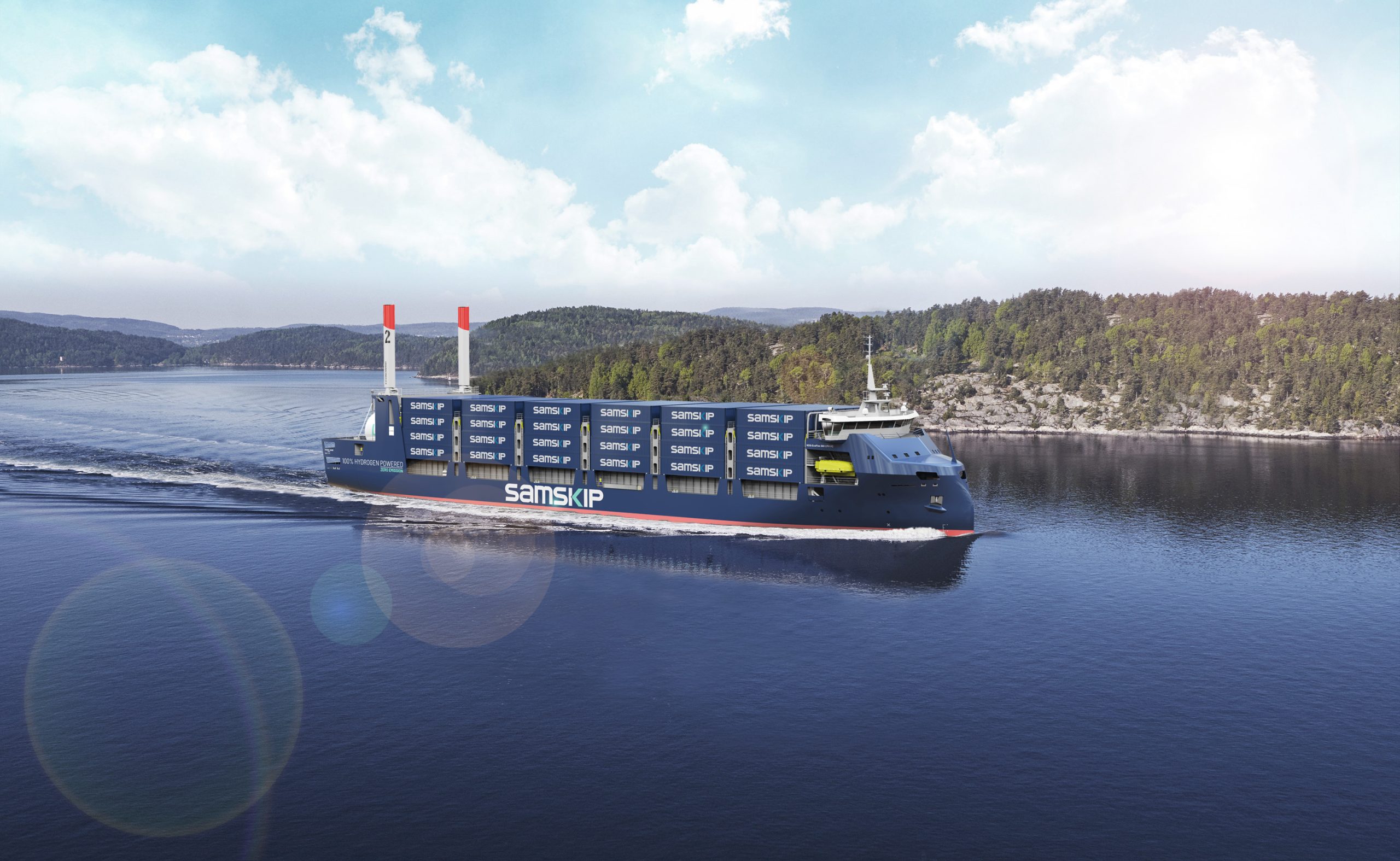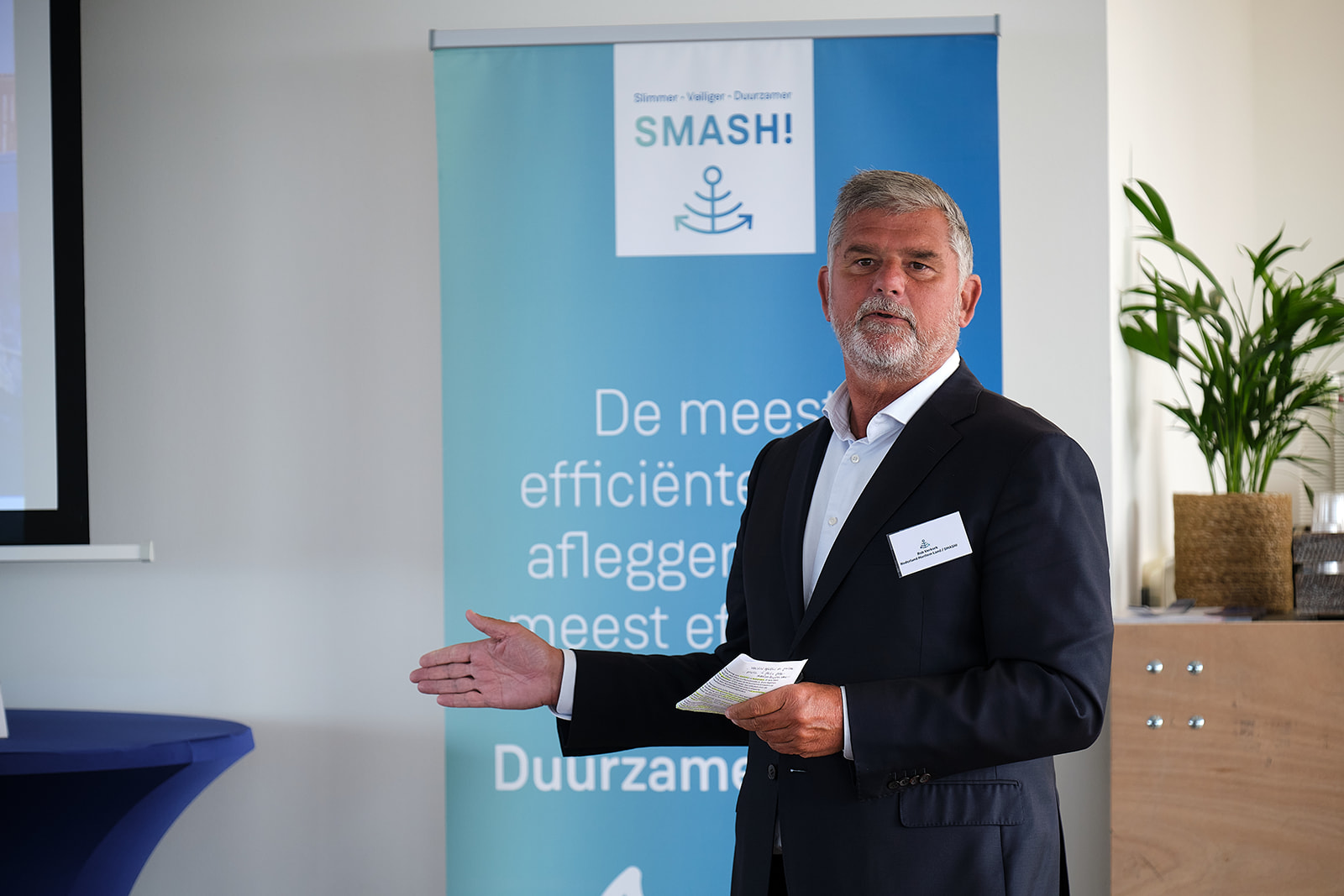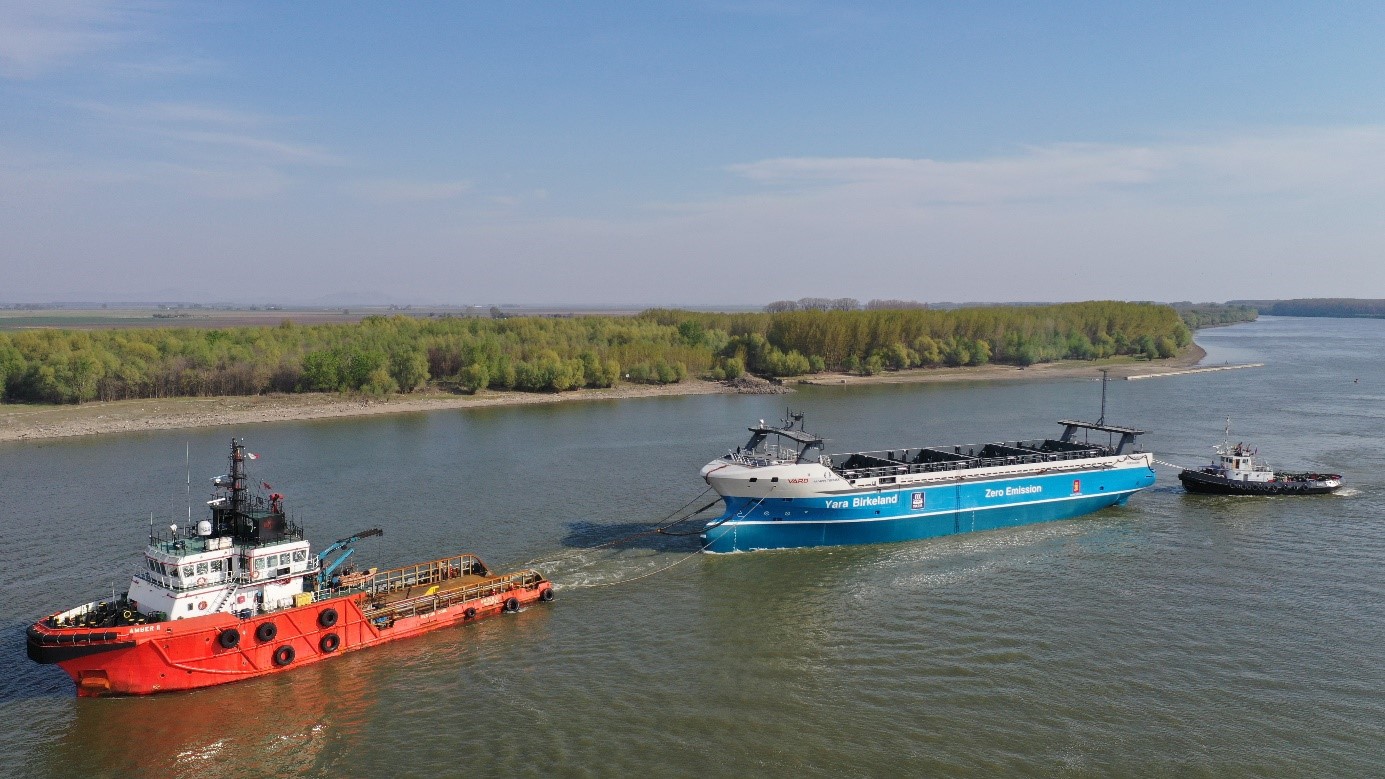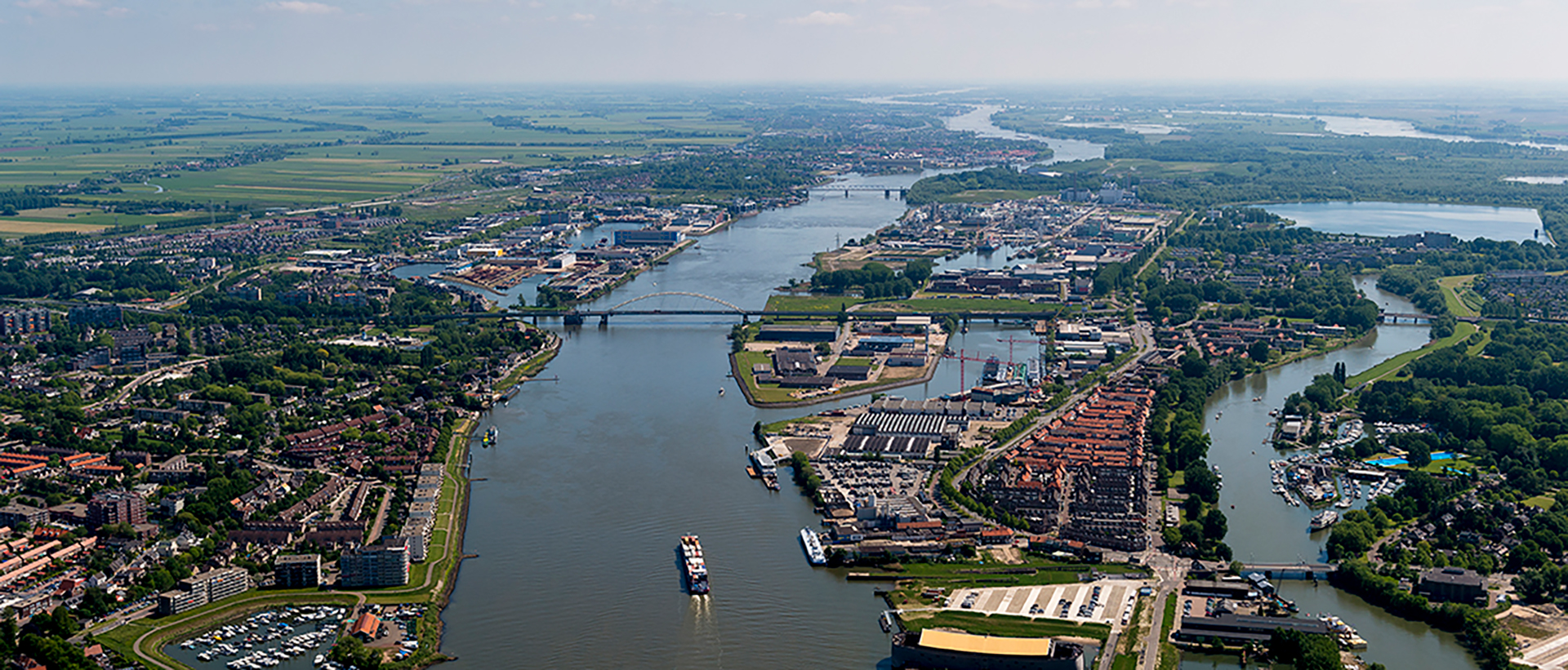Recap webinar ‘Autonomous Shipping – the maritime services perspective’
During our latest webinar, we had the pleasure of hearing from two RMSC members about current perspectives on autonomous vessels in conjunction with SMASH! Program manager Marco Scholtens who was the moderator during the webinar. Marco Scholtens kicked off by introducing the activities and projects SMASH! is involved in and addressed the “NAVIS” project, studying the feasibility of autonomous inland ferries in which RMSC also participates. That was a great start of organizing this co-webinar between SMASH! and RMSC.
Risk assessment
Insurance is all about assessing risks, and as every ship is different, there are numerous and different risks for each individual case. This provides the biggest challenge when talking about autonomous shipping. How to assess all the new and unquantified risks for insurance purposes?
When a ship has to be insured, Sonja van Wijk of MS Amlin explained, insurers look at 4 elements;
- Why – does the client need insurance?
- Who – is the operator, who is the owner? Start up or reputed shipowner or maybe a new supply chain operator.
- What – small, large, passengers, goods (liquid or bulk?). Fully autonomous or remotely controlled?
- Where – is the ship operating, as different countries mean different rules
The answers to these questions will provide the starting point for the risk assessment.
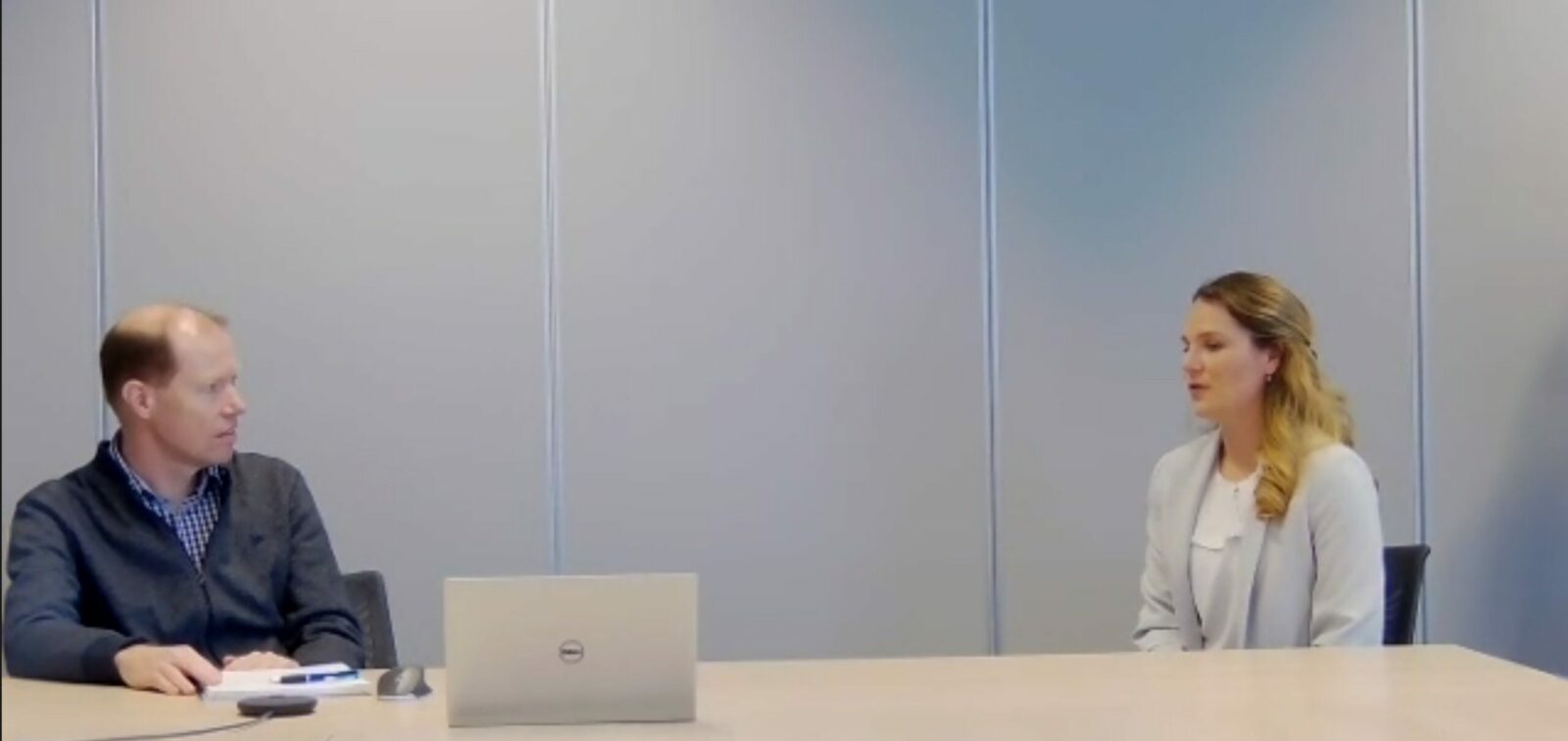
Two types of insurance are fundamental for ships, and this also applies to automomous and/or smart ships. Firstly, the Hull & Machinery (H&M) insurance focuses on damage to the vessel and is often on subscription basis, where all insurers take a percentage of the risk. With this insurance, there is a known list of insured or excluded perils. This will be about the same for autonomous vessels. “A peril is a peril and these will not be substantially different for autonomous or remote controlled vessels”, Sonja stated. Variations in consequences of these perils is already quite common. For example, impact of a fire onboard a ‘manned’ vessel might already be different from ship to ship, for example with battery operated ferries, where survivability of the ship is already an issue as these fires can be quite severe and difficult to extinguish.
Secondly, all ships need a Protection & Indemnity cover: A typical P&I cover includes a shipowners third-party liability risks for damage caused to cargo during carriage, crew injury, collision liability, wreck removal, and risks of environmental damage such as oil spills and pollution.
When talking about remotely controlled or autonomous vessels, crew is an important element, as crew claims might disappear. But the question arises: is a remote operator also still part of the crew? All these questions have to be addressed during the risk assessment.
When the risk assessment is done and the vessel is insured, an incident or accident may occur, and claims have to be handled. Elements to consider are first and foremost if everybody is safe, but then also the cooperation with the authorities, appointment of experts and surveyors and last but not least the (limitation of) liability regime.
All these might be different with autonomous operated vessels. Evidence regarding the incident will primarily be found in digital data. How can the insurers experts trace and access the relevant data, much of which may be stored in various countries where getting access can be complicated? Do we need to appoint data experts to determine whether a collision was caused by a software failure? Insurance premiums are also based on claims-records of the shipowner or operator, the absence of such records with autonomous vessels cause a lot of unknowns, so risks need to be determined on a case-by-case basis.
Because of the various types of smart or autonomous vessels, there might be a need for a different range of insurance covers, but at the end, Hull & Machinery and P&I insurance will remain.
After a question from the audience on cyber security, Sonja explained that cyber covers will also evolve, as cybercrime is considered a risk. However, it is not new, and not substantially different, as also today vessels can also be hacked.
Sonja ended her presentation stating that so far all covers for remotely operated or autonomous vessels are tailor made solutions, and as the lawyers like to say ‘it all depends’. Which made it a great connection to the second speaker, Willemijn Putz of Rotterdam based legal firm Boonk Van Leeuwen.
Legislative challenges
Willemijn talked about legislative challenges autonomous vessels create. As the maritime legal framework is an extensive patchwork of rules and regulations; amending the rules is a true Herculean task . The IMO and the EU have busy writing new guidelines that can be used to adjust the national legal framework so that autonomous vessels can legally sail in inland waterways and the territorial sea.
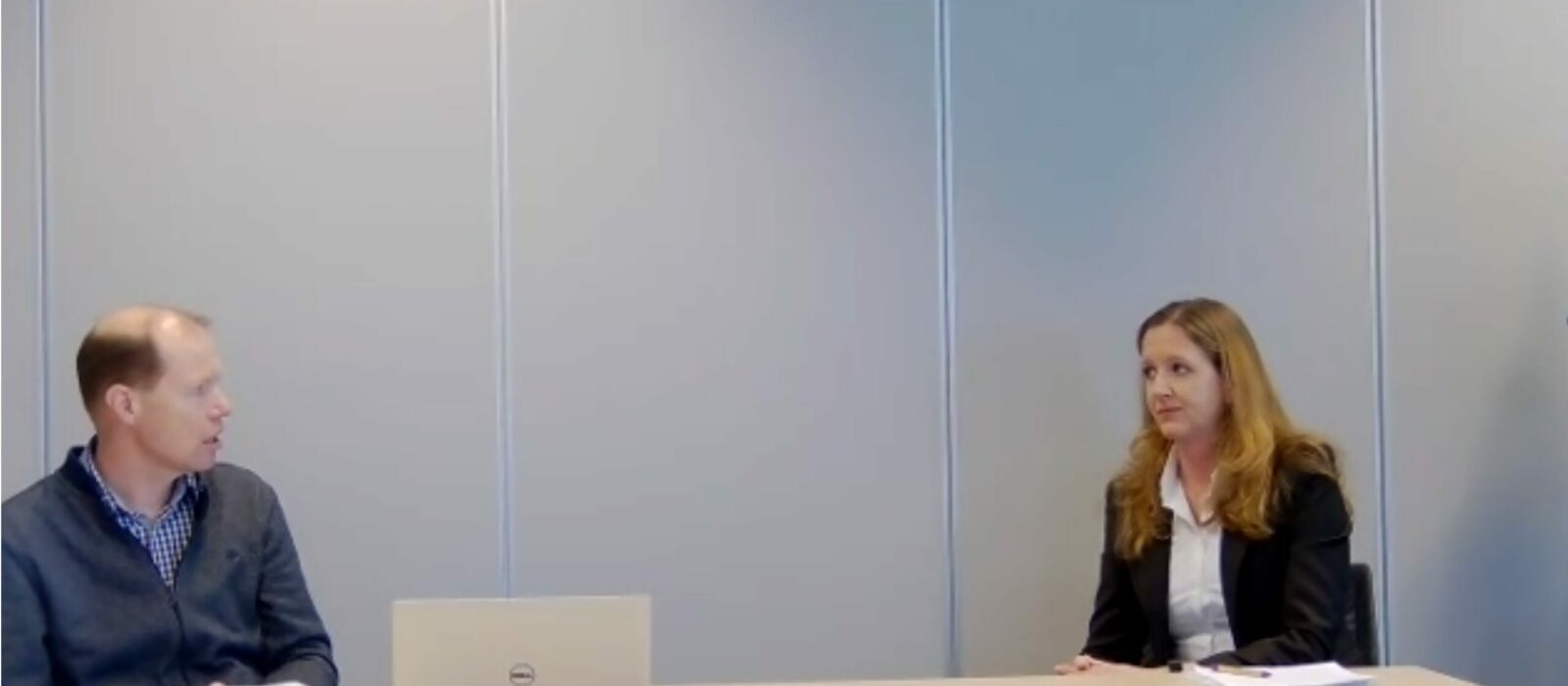
For sea shipping, the role of the flag state is crucial. According to article 94(3) of the United Nations Convention on the Law of the Sea (UNCLOS) “every flag state shall take all measures for ships flying its flag as are necessary to ensure safety at sea with regard, inter alia, to:
- The construction, equipment and seaworthiness of ships;
- The manning of ships, labour conditions and the training of crews, taking into account the applicable international instruments;
- The use of signals, the maintenance of communications and the prevention of collisions.”
Hence, this article from UNCLOS provides the legal foundation for individual member states to start working on their own national framework for new legislation instead of waiting for international legal frameworks to come into place.
Some countries started doing that already making experiments possible, like in the Netherlands where companies can apply for a permit to experiment. However, for a test with a fully autonomous vessel, so without any crew member on board, the Dutch law has very limited possibilities (only at sea for small vessels). Upon instruction from the Dutch Government, the Erasmus School of Law advised on the amendment of amongst others the Scheepvaartwet (Shipping Act) for the purpose of autonomous shipping. A legislative proposal along those lines is under preparation and was expected to be submitted in spring 2021, but so far, this has not materialized.
Willemijn also discussed the widely used contract BIMCO SHIPMAN 2009 contract which will be used as a blue print by BIMCO to establish a contract for the operation of autonomous vessels. BIMCO aims to publish this so called AUTOSHIPMAN contract this year. One of the issues when amending SHIPMAN 2009 will be the definition of crew. For the division of liability, such definitions are fundamental.
An example from SHIPMAN 2009 which also underlines the important role of the flag state: “if crew member is included under (…) all the crew member have to be medically examination in accordance with the regulations of the flag state’. What is a medical examination for a ships operator working remotely on shore? Can this person be even qualified as ‘crew’?
As a legal advisor, Willemijn put emphasis on the jurisdiction clause in contracts, give it some thought – especially with remotely operated vessels, as some countries are further with the new situation now than others. What would be the best jurisdiction for you as a company in case anything goes wrong.
Marco showed examples of small, unmanned vessels which are being developed and built as we speak, so this is a necessary call to action where SMASH! and the RMSC members can join forces to advise on a suitable regulatory environment, which both serves the legal coverage as well as enabling more focus on the new or modified insurance covers to be developed for these ships.
